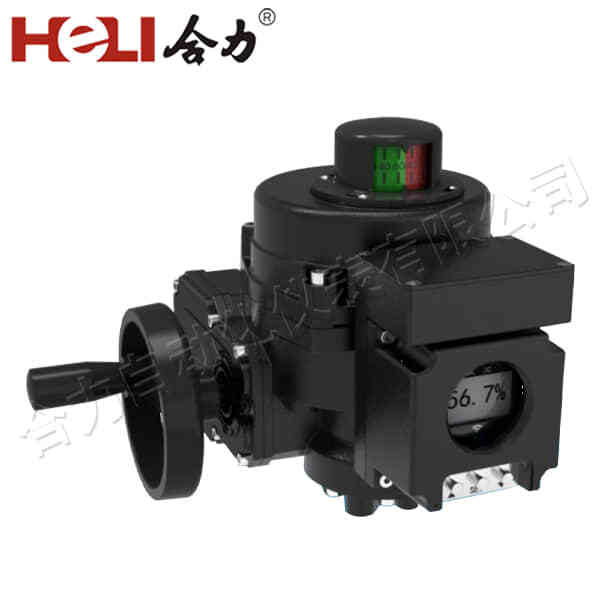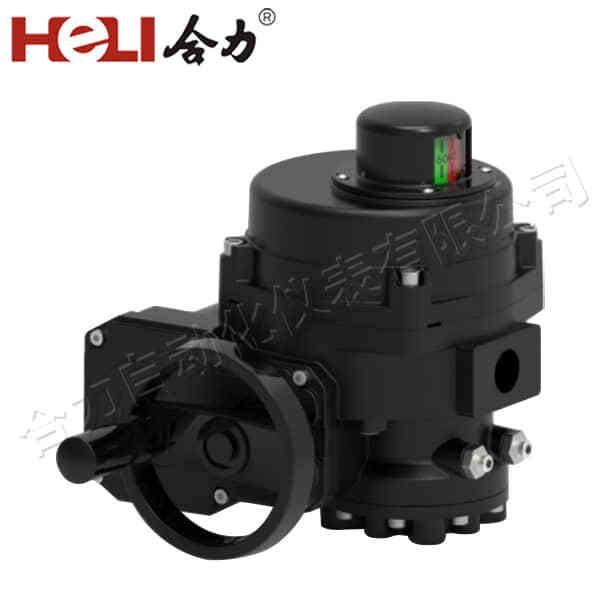Electric actuator valves are essential components in various industrial processes, playing a crucial role in controlling the flow of fluids and gases. These valves use electric motors to automate the operation of valve mechanisms, offering numerous advantages in terms of precision, efficiency, and ease of integration into automated systems. In this article, we will delve into the functionality, benefits, and wide range of applications of electric actuator valves, highlighting their significance in modern industrial automation.

What is an Electric Actuator Valve?

An electric actuator valve is a valve that is controlled by an electric actuator, a device that uses electric power to produce mechanical motion. This mechanical motion is typically used to operate the valve mechanism, allowing for the regulation of fluid or gas flow. Electric actuators are typically paired with various types of valves, such as ball, gate, globe, or butterfly valves, to control the opening and closing of these valves. The electric actuator itself consists of an electric motor, which drives a mechanical linkage that operates the valve. The actuator receives an electrical signal, which could be analog or digital, and translates that signal into precise movement of the valve stem or mechanism. This allows for very accurate control of the valve position, making electric actuators ideal for applications requiring tight control and automation.
